



|

|

|
|
Moon, Jelly (Aurelia aurita)
|
|
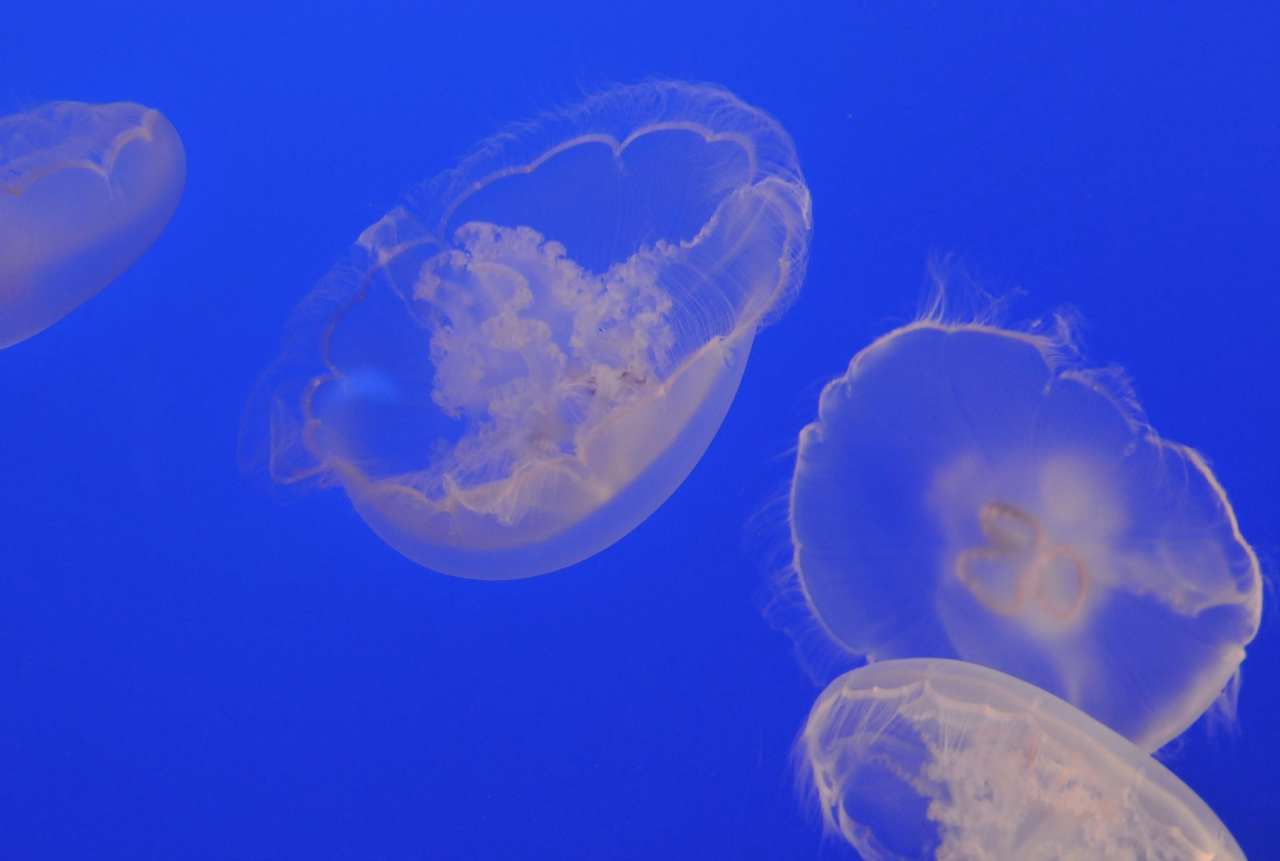 One Moon Jelly inverted and allowed a nice view into its interior. It dissolves its prey and diffuses the result inward.
Moon Jelly 
 #BCY_2227 #BCY_2227
Add a comment or report a mistake
|
|
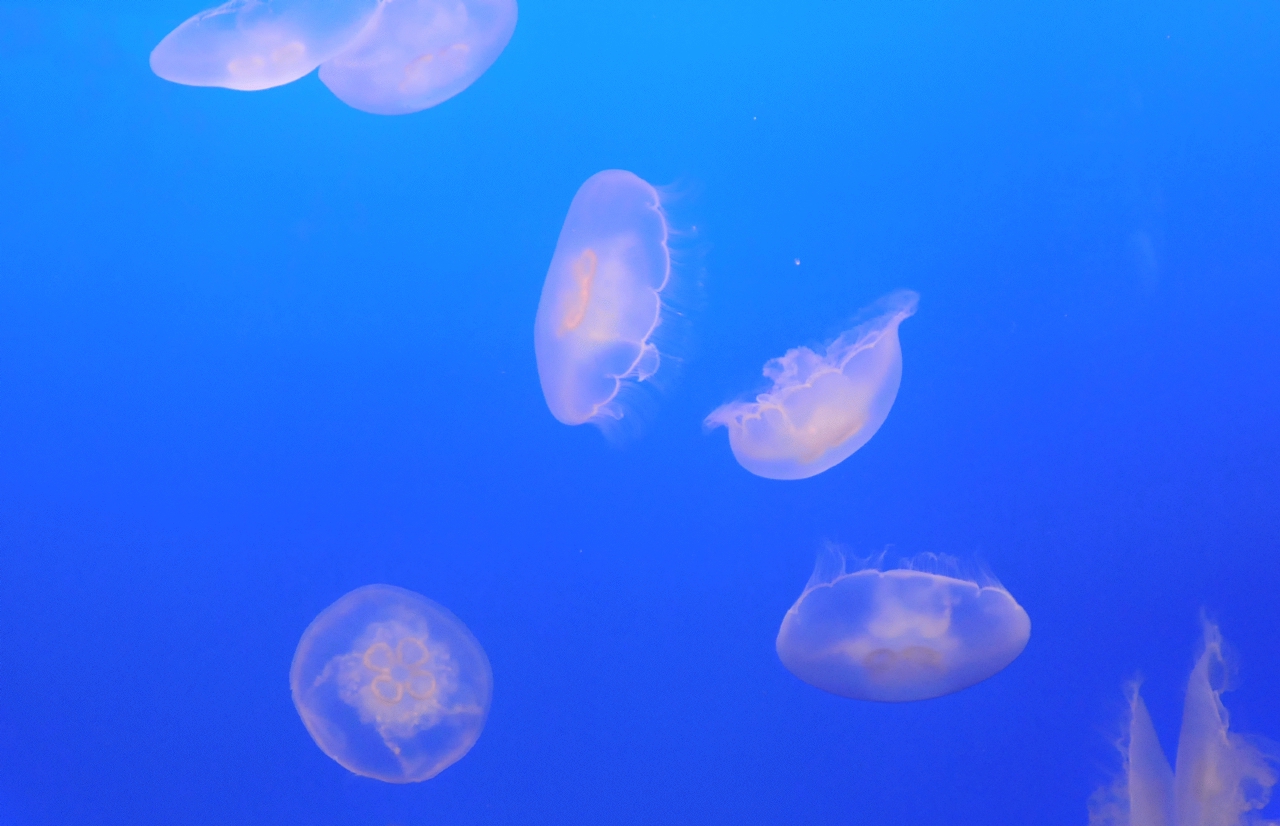 As can be seen, its tentacles are very short, yet are still capable of trapping prey to eat.
Moon Jelly 
 #BCY_2223 #BCY_2223
Add a comment or report a mistake
|
|
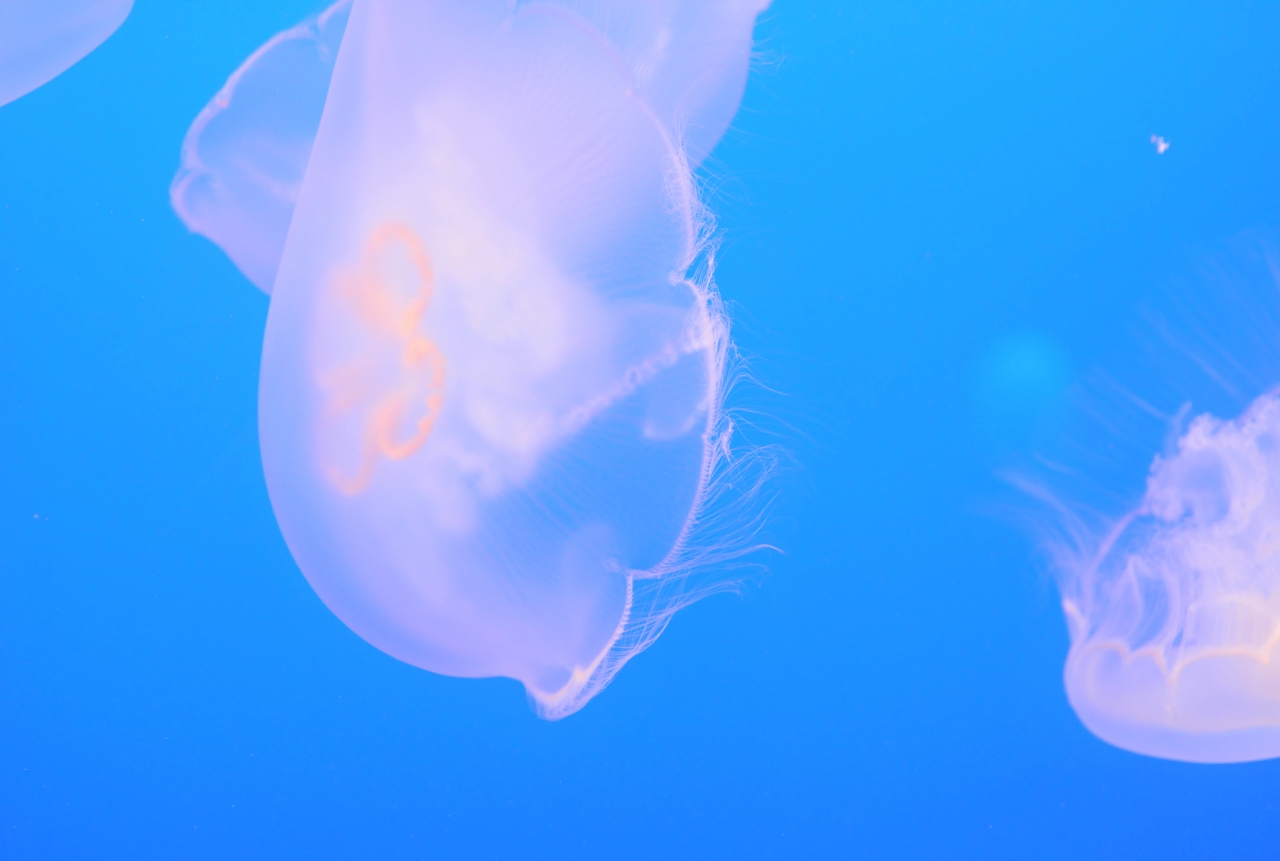 The Moon Jelly is food for the Ocean Sunfish, Leatherback Sea Turtle, the Fried Egg Jelly, and the Crystal Jelly.
Moon Jelly 
 #BCY_2223 #BCY_2223
Add a comment or report a mistake
|
|
 The Moon Jelly only lives for a few months in the wild, but can survive for years in captivity.
Moon Jelly 
 #BCY_2224 #BCY_2224
Add a comment or report a mistake
|
|
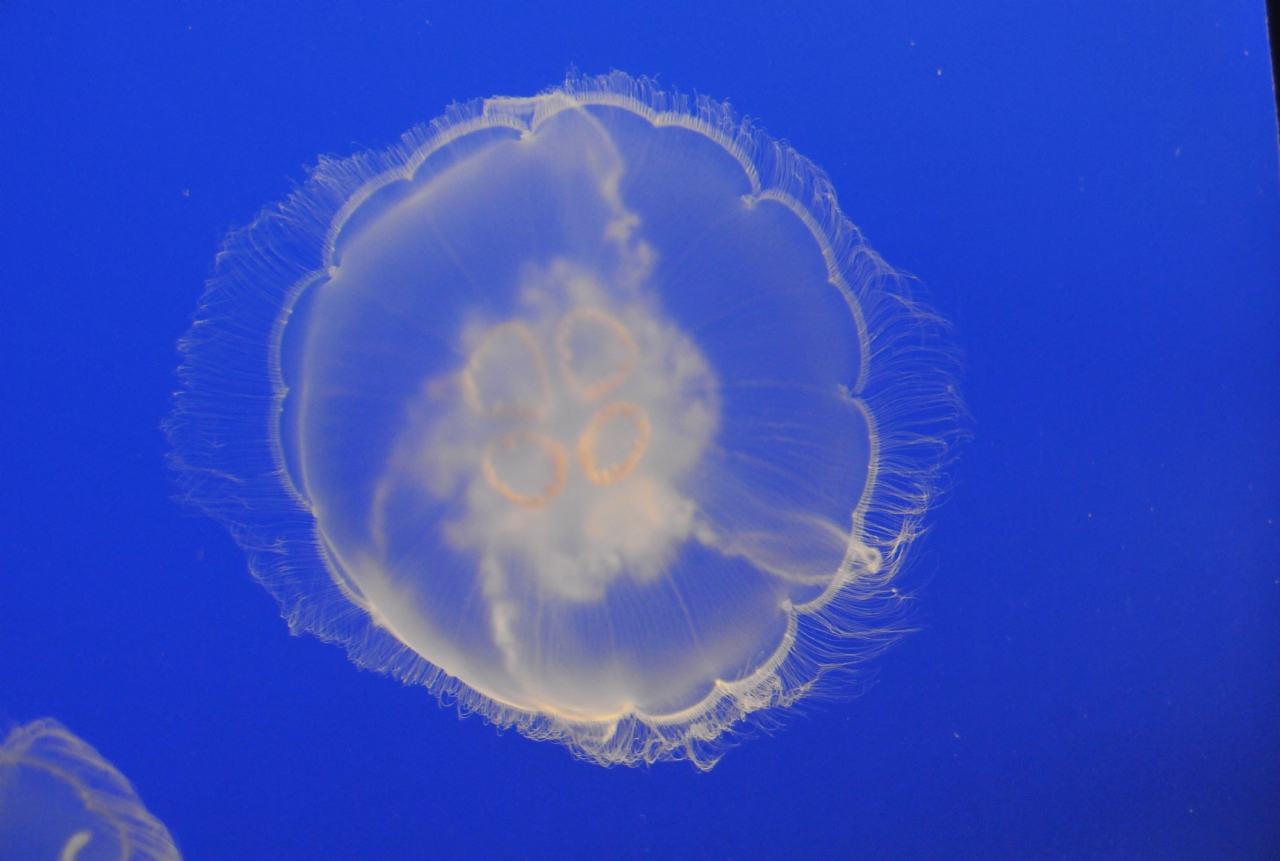 The top is translucent, usually about 10 to 16 in (25 to 40 cm) in diameter. Its hallmark is a pattern of four round gonads that are easily visible through the top of its bell.
Moon Jelly 
 #TNT_0599 #TNT_0599
Add a comment or report a mistake
|
|
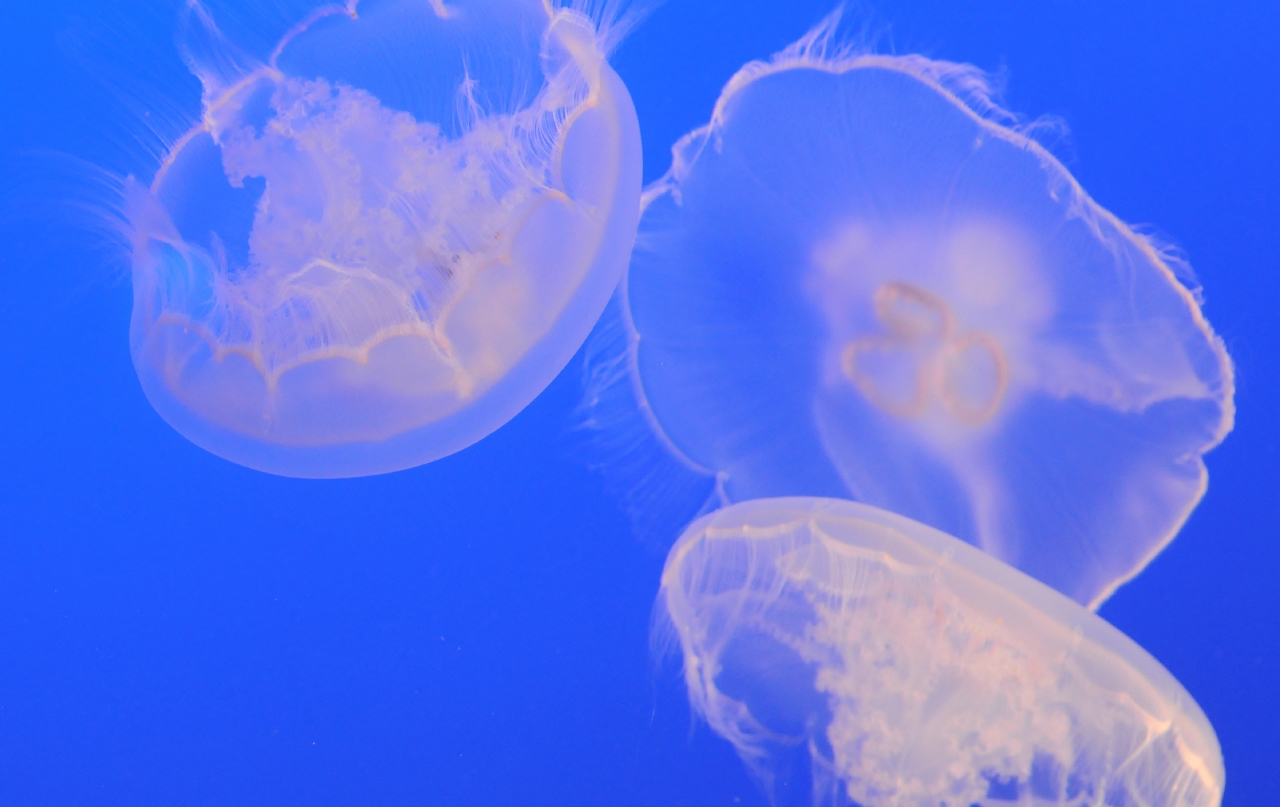 The Moon Jelly prefers temperate seas (9 degrees Celsius to 19 degrees Celsius) with consistent currents. It has been found in waters with salinity as low as 6 parts per thousand.
Moon Jelly 
 #BCY_2228 #BCY_2228
Add a comment or report a mistake
|
 |
| home • contact • topic guide • top 25 • photos • video • writing • blogs • upload • terms • privacy |